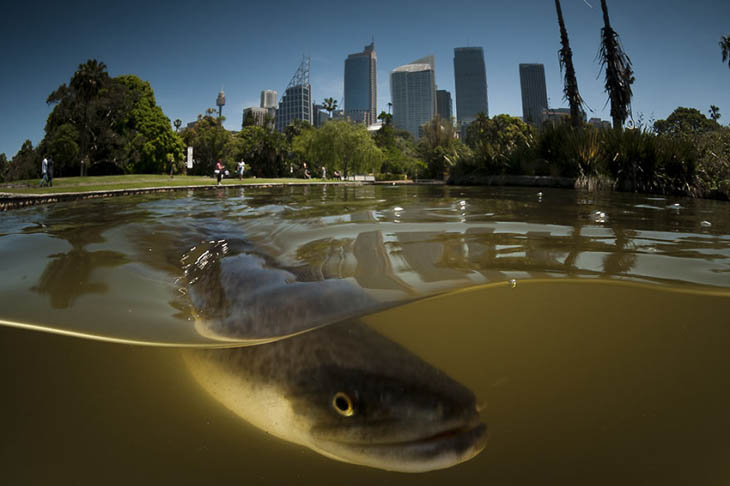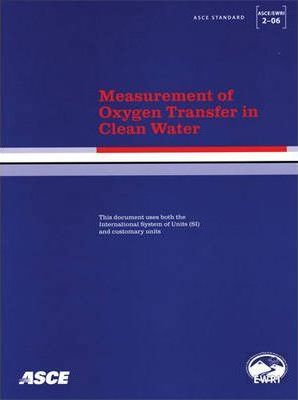Articles and Press
Aeration, It’s All in the Name
Take a Quick Look at the Science Behind Water Quality Management

Aeration, It’s All in the Name
Aeration is a tried and true water quality management tool. The need for aeration has soared as populations have grown and non-point pollutants (like phosphorus, fertilizer and road run-off) grow at astounding rates. Whether chemical or biological, loading of non-point substances in our ponds and lakes create oxygen demands and oxidative stress becomes a real issue.
Oxygen allows aquatic plants, animals and bacteria to respire. Supplying oxygen at night is important as both plants and bacteria respire and consume oxygen at night. Organic digestion is nature’s way of keeping a pond or lake in balance. The issue is exacerbated when lake managers apply chemicals to the lake. The chemicals place the lake in oxidative stress and supplemental aeration is required.
Property managers are faced with water quality management issues and learning related best management practices. It’s difficult for the layman or even the journeyman professional to select the right aeration product. While many companies have entered the “aeration” market, most lack the scientific knowledge to really advise or help potential customers. They merely “muddy the waters” to gain a competitive advantage. Regardless of the type of aeration system offered the name of the process is aeration. Putting AIR (oxygen) into the water. How can one determine how much oxygen an aeration product puts into the water?

Science Provides the Answer
The scientific measure of any aerator’s capability to supply a lake with oxygen is its Oxygen Transfer Rate (OTR). The American Society of Civil Engineers (ASCE) began developing these test protocols and parameters in 1977 and finalized the tests in 1984. The gold standard for the measure of how much oxygen an aeration system transfers is the ASCE “Measurement of Oxygen Transfer in Clean Water.” Any manufacturer that is serious about helping its customers keep the aquatic ecosystem balanced and clean will happily provide you with their oxygen transfer tests performed by an independent third party, tested to the exacting standards set by the ASCE. It’s the industry’s only comparative yardstick.
Otterbine has had our systems tested for OTR by the University of Minnesota and Gerry Shell Environmental Labs. We learned that surface spray aerators put more oxygen in the water than bottom diffused aerators in waters 14 ft deep. We also learned that diffused aeration is not a cure-all, in fact, it’s best in very large and deep lakes, 25 ft or deeper. Different types of systems are best suited for specific applications. Bottom diffused aerators are inefficient in waters less than 9 ft (3 meters) deep. Otterbine Surface spray aerators have higher oxygen transfer rates in these depths ranging from 3 ft (1 meter) past 14 ft (4 meters). People buy aerators to add oxygen to the water supporting organic digestion, oxidation and degassing, which work to improve and maintain high water quality. That’s why we call them aerators.
The scientific community has developed a tool to help us choose the most effective aeration device- the American Society of Civil Engineer’s Measurement of Oxygen Transfer to Clean Water test protocol. Responsible aeration manufacturers will have third party, independent tests at the ready to share with potential clients. Be sure to ask for a copy when you are in the market for an aerator. Be confident that your investment will deliver the best result! Let’s put the word AIR back into aeration!
Ready to learn more?
Find out how an energy efficient aeration system from Otterbine can provide natural and effective water quality solutions. Talk to us about your commercial needs.
